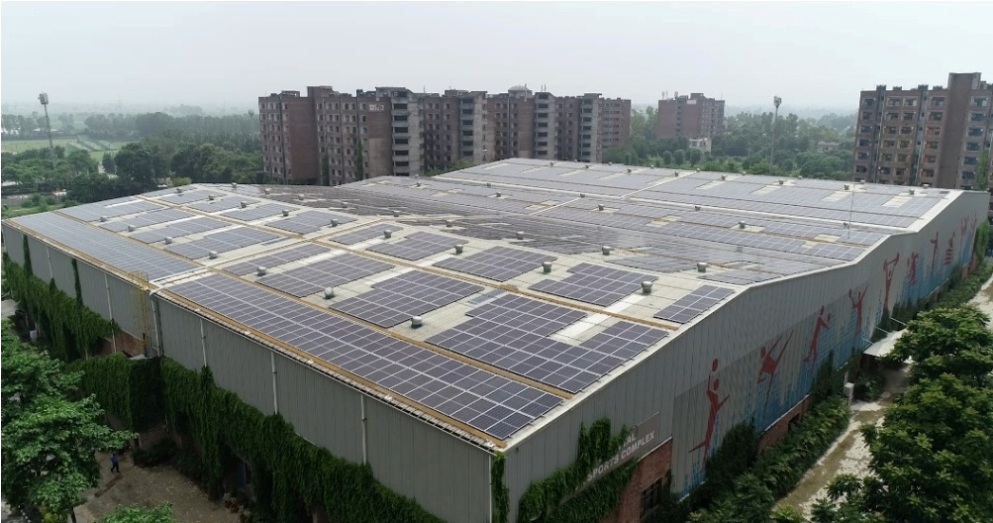Given its vast population and abundant sunlight, India is exceptionally well-positioned to utilize rooftop solar as a key element of its renewable energy goal of 500 GW by 2030, notes Anurag Garg
India is uniquely positioned to harness its abundant solar energy, setting the stage to become a renewable energy superpower. The country benefits from about 300 sunny days annually and an average solar radiation between 4-7 kWh/m²/day, positioning it among the highest solar potentials globally. Impressively, outfitting just 1 per cent of India’s terrain with 15 per cent efficient solar panels could generate over 1,000 GW of power.
From 2014 to April 2024, India’s solar capacity has surged from 2.8 GW to 82.6 GW, peaking with an unprecedented 15 GW installed in the fiscal year 2023-24 alone. This dramatic increase has been supported by significant financial commitments in the Union Budget for renewable projects, emphasizing the government’s strong dedication to this essential energy sector.
India has the potential to become a global superpower in renewable energy, and rooftop solar power can catalyze this transformation. Rooftop solar becomes a critical intervention that could make households self-sufficient, thereby supplementing the national grid. However, realizing this potential requires overcoming significant challenges related to equipment, finance, and policy implementation.
The Progressive Path
Launched under the National Solar Mission in 2010 with a goal now extended to 2026, rooftop solar has become a key component of India’s energy strategy. It empowers households to be energy self-sufficient, significantly reduces electricity costs, and offers the additional benefit of feeding surplus energy back into the grid. This not only provides a financial return but also enhances the stability and sustainability of the national power supply.
To accelerate adoption, the government introduced the transformative PM SuryaGharMuft Bijli Yojana, the government provides subsidies covering up to 40% of the installation costs for solar panels. For systems up to 2 kW, the subsidy is set at Rs. 30,000 per kW. For additional capacity up to 3 kW, the rate is Rs. 18,000 per kW with a maximum subsidy of Rs. 78,000 for systems larger than 3 kW.
This initiative is expected to benefit over one crore households and significantly reduce national electricity expenses. Complementing this, the Grid Connected Rooftop Solar Programme and schemes like the Union Roof Top Solar Scheme and Mahabank Rooftop Solar Panel Loan Scheme, reduce financial barriers across residential and commercial sectors.
Enhancing Strategies
While the journey is progressing well, certain challenges need strategic addressing to optimize growth. The innovative financing models, such as pay-as-you-go systems and solar leasing, are areas ripe for development, which could democratize access to solar power. Additionally, increasing consumer awareness through robust education and comprehensive service offerings by providers will help demystify rooftop solar technology for wider segments of the population.
Manufacturing constraints under the Approved List of Models and Manufacturers (ALMM) emphasize the need for policy refinement to embrace a broader range of cost-effective technologies. Simplifying approval processes and enhancing coordination among stakeholders will further streamline expansion and help meet India’s renewable targets more efficiently.
The Vision
With the national goal to install 500 GW of renewable energy by 2030, rooftop solar is expected to play a crucial role. Given its vast population and abundant sunlight, India is exceptionally well-positioned to utilize rooftop solar as a key element of its renewable energy strategy. Proactive measures, along with strategic enhancements in policy and financing, position rooftop solar not only as an energy solution but as a catalyst for economic and environmental sustainability. The future of India’s rooftop solar sector looks very promising, serving as a foundational component in the nation’s pursuit of a greener future.
About the author: Anurag Garg is CEO of Jakson Solar Modules & Products Business

